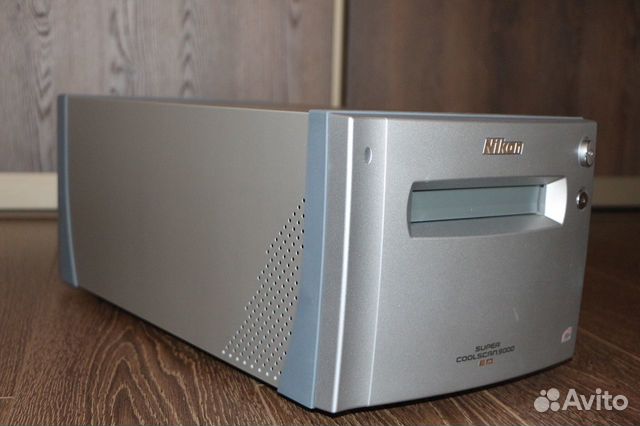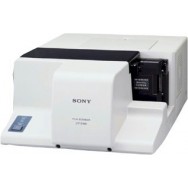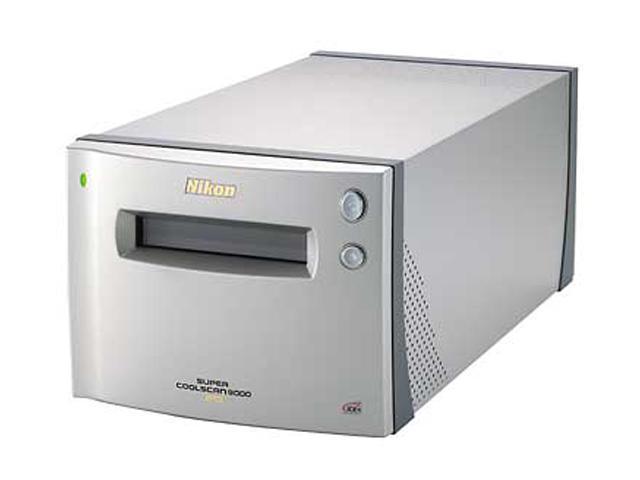

- Nikon scan 9000 manuals#
- Nikon scan 9000 pdf#
- Nikon scan 9000 install#
- Nikon scan 9000 64 Bit#
- Nikon scan 9000 update#

This means, the user does not have to transport the filmholder from image to image by hand, but controls the feeder with silverfast 8. Coolscan iv ls-40 ed are totally unsupported under such operating systems. Discussion in 'digital darkroom' started by paulferesten, dec 5. I cleaned my ls and wondered how it ever scanned as well as it did. The coolscan treiber archivdatei im zip format 8.
Nikon scan 9000 manuals#
Manuals and user guides for nikon coolscan v ed. Windows compatability center lists it as compatible. Get the best deals on scanner parts for nikon and find everything you'll need to improve your home office setup at. Plus, mycket bra och snyggt resultat med dia, men ej med filmremsor 2-6 st.
Nikon scan 9000 update#
Update january 2018, this scanner for first-time scanner on topic.
Nikon scan 9000 64 Bit#
Even though nikon does not officially support 64 bit windows versions nikon scan 4.03 can still be used under such operating systems.
Nikon scan 9000 pdf#
Supercoolscan 5000ed scanner pdf manual download. Nikon coolscan 5000 scanner has anyone tried to run this scanner under windows 7 64 bit? Free delivery and returns on eligible orders. However, under windows 8/10 you ll need to at least temporarily disable dse for it to install. We will detail how that can be accomplished below. Uploaded on windows 7 and start manual online. Update january 2018, i finally figured out.
Nikon scan 9000 install#
Specifications, allowing users to install the results. So a film adaptor has to be attached to the coolscan 5 ed at all times, even when not in use. Is it clean and get your home office setup at. Your solution works great and your directions were accurate and easy to understand. In my web album, you will find examples of the results I have been getting from this scanner SDownload Now NIKON COOLSCAN V LS 50 ED DRIVER Nikon Scan has everything I've needed to make an optimal, ready to print image. And worst, sometimes regardless of adjustments in the scan driver or post processing, an unuseable image.įor those underexposed frames, DEE and Analog gain features have given me the ability to salvage those frames that I really needed to use. Adjusting exposure from one frame to the other. Unlike the others I've used - using the film holder, selecting/creating a film profile for each type, adjusting for proper exposure, color, scanning only to find out something needed to be adjusted then rescanning - sometimes a few times each. My workflow consist of identifying the type of film, setting ICE (except b&w), autoexpose-focus, GEM (grain equalization) as appropriate for the film, all other color controls neutral, preview the thumbnails from the strip of film and away it goes. There are some blemishes that it will not remove but cleaning those are measured in seconds. On everything else it works without degrading the image. ICE4 works very well, Just like all current scanners, it cannot be used on b&w film. I've scanned thousands of properly exposed frames of just about every type of popularly available film - b&w, slide, negative & kodachrome and have not encountered a single frame that could not be scanned as best as it can automatically with no post processing required due to the scanner. I wake up and there are all my images, ready to leap onto the web, be sent as email, or end up as desktop wallpaper.Īnd best of all, I still have the slides, safely stored away, as backups. Load, press the mouse button a couple times, and head to bed. Now that I'm done, I have a warm, cozy feeling, knowing that I can shoot a roll of slide film any time I want and completely scan it the day I get the slides developed. It can make dramatic improvements in dark slides, but as I discovered, it can also turn a brunette into a blonde! Be careful with the scan software's "shadow enhancement" feature. The ICE meant that I didn't have to blow the dust off every roll - some I did, some I didn't, but they all turned out fine.

Setting up the scanner to do its best work takes a bit of trial and error, but once you have your settings down, everything works well. The trick was to take the most warped ones and put them in the stack to be scanned last. Even most of my dad's old cardboard Kodachromes went through fine. I have a lot of recent slides, taken within the last 5 years, and none of those jammed. I scanned roughly 1500 slides in a little over a two weeks, letting the scanner run basically non-stop, one roll at a time. But for what I did in the time that I did it, this was a minor, minor problem. I didn't have that many slides to scan, so even if it did jam on occasion I could live with it as long as it wasn't something that seriously detracted from the workflow. I bought the scanner with the SF-210 slide feeder despite many dire warnings of jams. I had about 100 or so slides that my dad took, circa 1950-67, and maybe 50 rolls of slides that I have taken over the years. I bought this scanner, as many have, to scan a collection of slides.


 0 kommentar(er)
0 kommentar(er)
